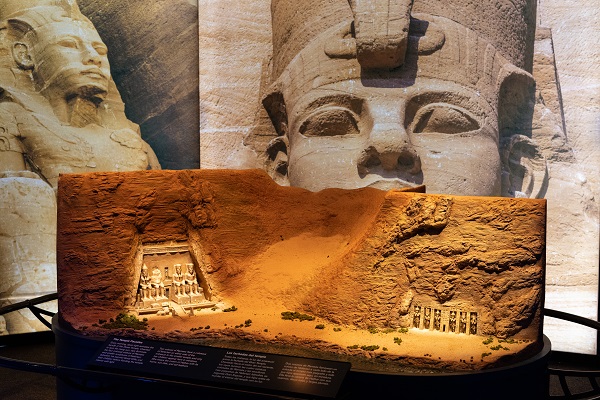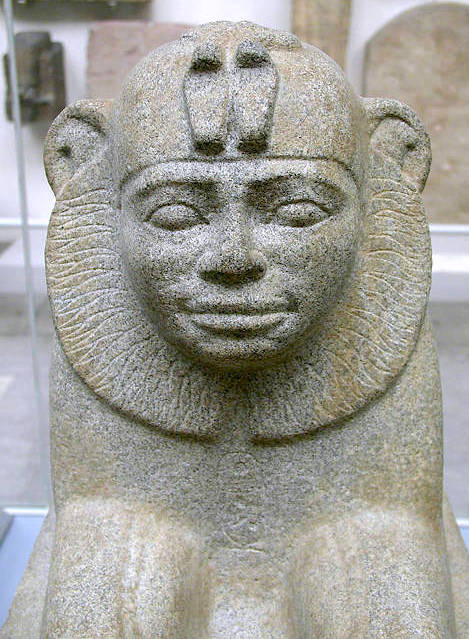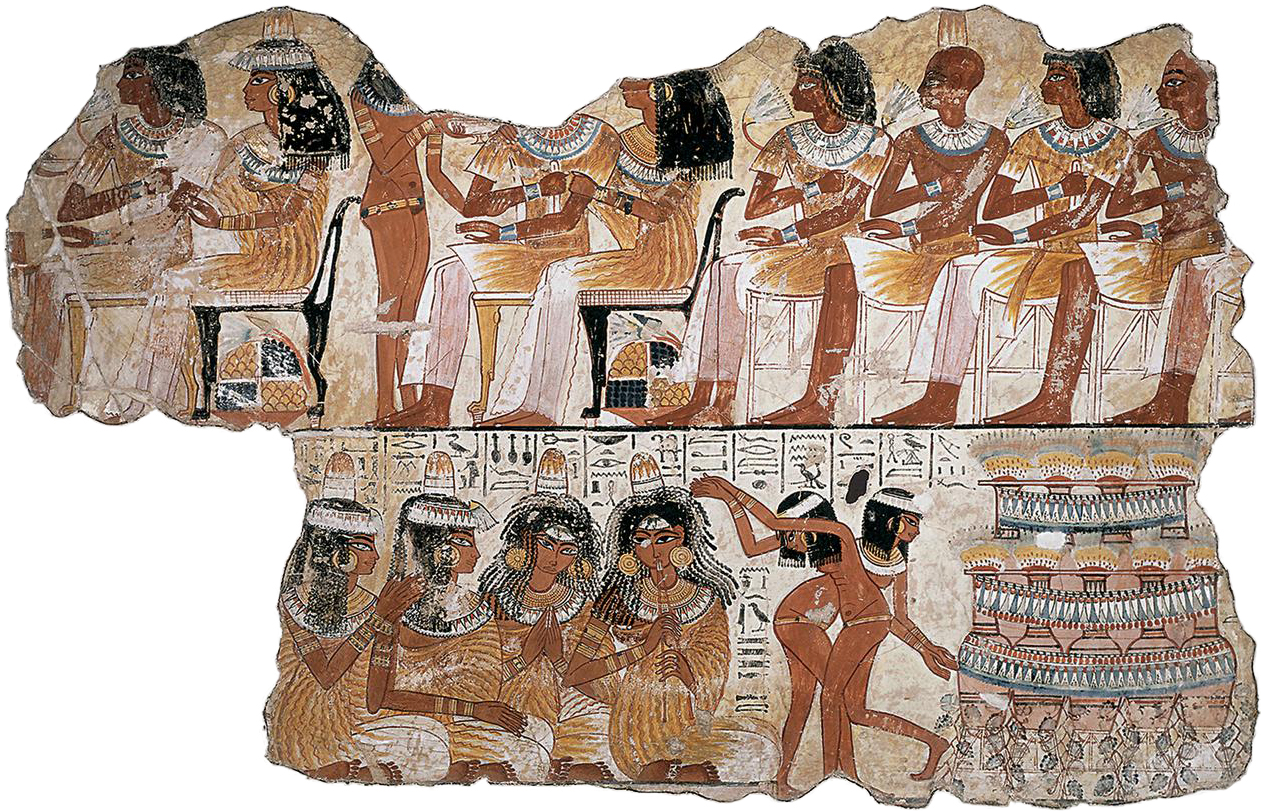Anubis is the Greek name for the “jackal-headed” god associated with death and the rituals of mummification in Ancient Egypt. Anubis’ color is black, symbolizing rebirth, which parallels the belief that the deceased is, in fact, reborn in the afterlife.
Over time, Anubis played several roles in funerary rituals, from protector of the grave to head embalmer, and advocated for the deceased in the Weighing of the Heart ceremony. A mask, like the one pictured below, was worn by the priest performing the Opening of the Mouth ceremony and other funeral rituals.
Interestingly, recent genetic research suggests the Egyptian jackal, long thought to be the inspiration for the god Anubis, may not be a jackal at all, but rather an African wolf and a member of the gray wolf family. However, at present, the animal is considered of unresolved taxonomical identity and is presently classified as a golden jackal, despite genetic evidence that suggests otherwise.
With the directions below, you can make your own Anubis mask! First, print out these Anubis Templates for the mask and ears and gather the following supplies:
- Cardstock
- Cardboard (you can recycle a cereal box for this purpose)
- Crayons
- Glue
- Hole punch
- Scissors
- Stapler
- Elastic string
Cut out the face and ears from the template. Trace the ears onto a piece of cardstock and cut them out carefully. Color the face of Anubis any way you like, using your crayons. When finished, glue the face to the cardboard and cut it out using a pair of sharp scissors. Then use glue or a stapler to attach the ears to the top of the mask. Use the hole punch to make a hole on each side of the mask at its widest point. Finally, tie the ends of a length of elastic string to each of these holes so the mask fits snugly over your face. Now you can legitimately perform the Opening of the Mouth Ceremony yourself!
Use these designs above for inspiration or invent your own. You learn more about Anubis and other Egyptian gods at the Houston Museum of Natural Science in the Hall of Ancient Egypt.











